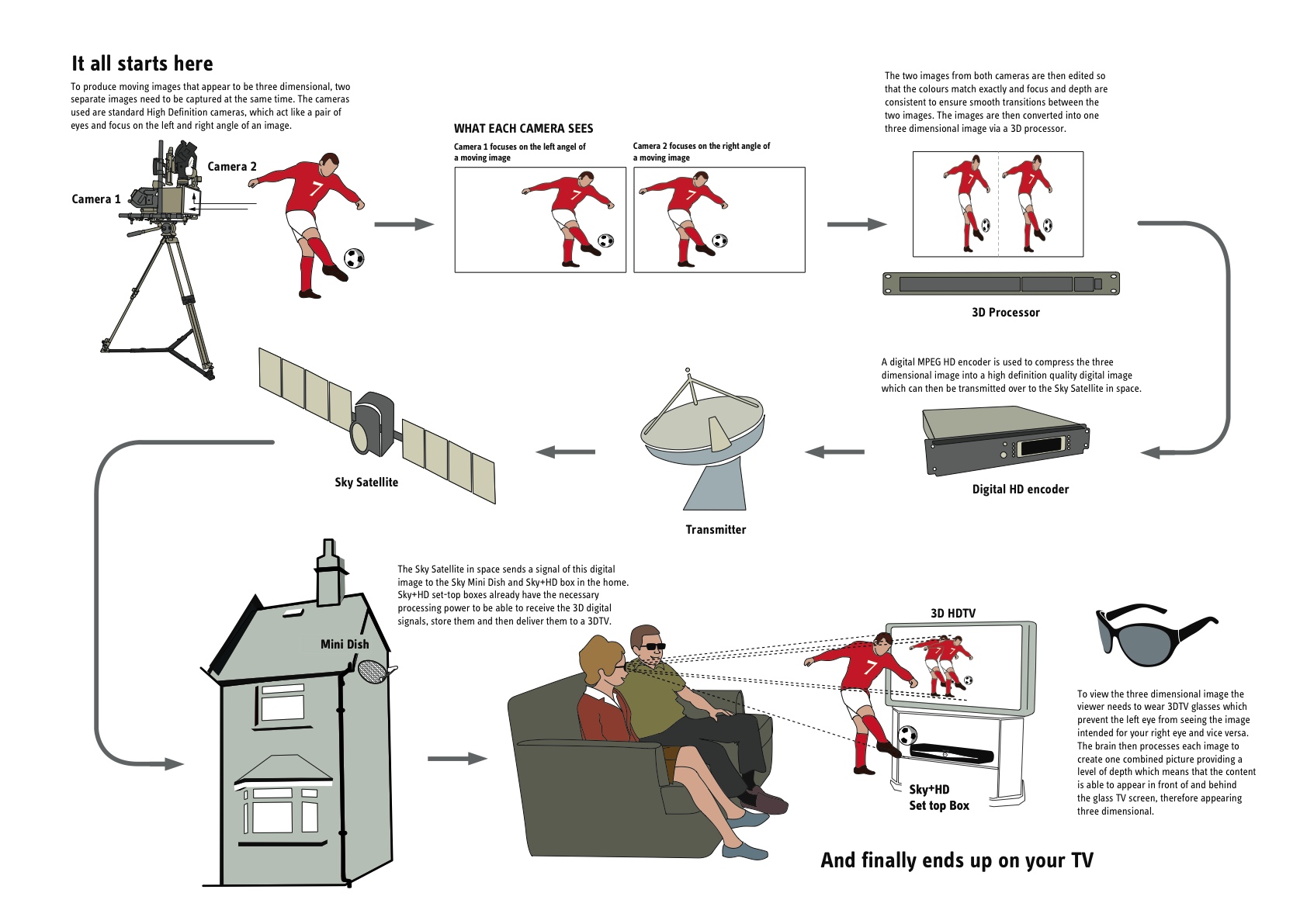Shikha Jodhani
Third Year
Civil

With more attention than ever being focused on energy conservation, vehicle fuel efficiency, and new alternatives such as hybrid cars and bio-based fuels, the significance of road construction materials on energy usage is often overlooked.
The fact is, that concrete pavements give vehicles greater fuel
efficiency, and saves energy. As a result, fuel costs and CO2
emissions are reduced.
Another factor is energy needed for construction. Because concrete pavements are produced with locally sourced and abundant raw materials, less fuel is required to transport the raw
materials and produce concrete. Asphalt pavements include petroleum, which is most-often
imported from various regions around the world.
Driving vehicles on concrete roadways provide better fuel mileage because there’s not as much deflection or ‘rolling resistance’ as with asphalt pavements.
A deflected pavement absorbs energy that otherwise would be used to propel the vehicle forward.
In the project ‘Pradhan Mantri Gram Sadak Yojna’ the pavement was evaluated by Falling weight Deflectometer using a dynamic load of 45kN on 300mm diameter plate. The equivalent elastic modulus of the 100mm compacted flexible concrete was about 4500 MPa, three times the modulus of high strength bituminous concrete used in major highways. Its expected life is 15 to 20 years. The cost of 250m long pavement with a hard shoulder
of laterite boulder was found to be Rs.4.00 lakhs and the cost
per kilometer is estimated as Rs16.00 lakhs .
Just one glance at Mumbai’s landmark Marine Drive
REDUCING U.S. DEPENDENCE ON FUEL
CONSTRUCTING CONCRETE PAVEMENTS:
Concrete roads have a life cycle of 50 years and also help save 15% in fuel consumption. A combination of fly-ash based concrete roads is environment-friendly and has a 50% longer life cycle.
Concrete roads are typically built in a continuous, single-layer method called slipform paving. The result is a very efficient operation requiring a comparatively low amount of fossil fuel for construction vehicles. Asphalt pavements require a large amount of energy to heat materials up to 325°F at the production plant and are placed in multiple layers (often 3 or more for highways).
For a 10" thick pavement, an asphalt roadway would require about 5½ times more diesel fuel to construct than a concrete road.
> It takes 2.90 gallons of diesel fuel per ton of asphalt road.
> It takes just 0.50 gallons of diesel fuel per ton of concrete road.
Tips to save fuel..
ü While going on a long drive try to keep the windows close since open windows increases resistance to wind flow that increases fuel consumption by as much as 20%. This logically means that if one spends Rs200 a week on petrol, he can save Rs40 a week, which sum up to Rs160 a month. This may seem silly to some who feel they don’t require to do saving but one must know that same money piles up to big amount in long terms and will pay off during their rainy days.
ü More and more car drivers have changed their priorities and now want all to save fuel. Start-stop systems have therefore become standard features in modern automobiles. When the vehicle comes to a standstill, the engine is automatically shut down and started up again when the driver depresses the clutch before moving off. It’s an approach that certainly saves fuel, but the technology does its drawbacks. As the starter motor draws off considerable current from the system, the on-board voltage level can fall from its normal level of 12 volts to as low as 6 volts. Which means the radio and ventilation will switch off, and the lights will dim.To prevent such complications during starting, a DC/DC converter was the solution. It aims to boost up the voltage to a stable 12 volts. Its design is very compact and can be easily integrated into the vehicle. This is one of the innovations between battery and energy management.A start-stop system significantly increases the number of times the engine is started, it is essential to protect the starter battery against overload. Therefore, another innovation comes to place which is called the intelligent battery sensor which provides an additional check. The sensor monitors battery status and transmits the information to the cars body controller, which only enables the start-stop functions if the three key battery parameters; capacity, performance and age are in the required range.
ü Make sure your tires are properly inflated
Radial tires can be under inflated yet still look normal. Always use your own tire gauge for consistent results. On average, tires lose about 1 psi per month and 1 psi for every 10 degree drop in temperature.
To determine the correct tire inflation for your car, consult the car's operator manual or ask your tire dealer. Do not inflate your tires to the 'maximum allowed' pressure which is marked on the side of your tires.
According to the Energy Information Administration, tire efficiency could save approximately 800,000 barrels of oil a day
ü Tighten your gas cap
ü The 30-second Warm Up
§ Do not let your engine idle for more than 30 seconds after its initial start. Engines warm up faster when they are in motion.
§ Idling for more than 30 seconds not only wastes fuel but also harms your engine, since the amount of lubricating oil being pumped to the engine’s various parts is the minimum when the engine is in neutral and idling.
§ Depress the accelerator just once when needed, as unnecessary pumping wastes fuel.


















